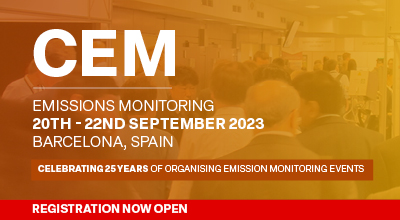| Abstract Title: | Fugitive dust quantification and its contribution assessment from different source |
| Presenter Name: | Mr Anoj Kumar Choudhary |
| Co-authors: | Mr Brajesh Sharma |
| Company/Organisation: | Tata Steel |
| Country: | India |
Abstract Information :
For estimating the rate of fugitive emissions of particulate matter across the steel plant of different operational units. We cast this source inversion problem within the Bayesian framework, and use a forward model based on a Gaussian plume solution. There would be multiple options to assess the prior distribution on the emission rates as functions. Next, we present an industrial case study in which our framework is applied to estimate. The rate of fugitive emissions of lead particulates from a steel plants different units like Sinter plant, Blast Furnace, Pellet plant Coke plant etc. The Bayesian framework not only provides an approximate solution to the inverse problem, but also quantifies the exact value having the impacted area. Since, the said steel plant is surrounded by the heavy settlement, the contribution from another source to be quantified if any traced during study. The linear source also contributes much while the fugitive emission is concern. We aim to estimate fugitive particulate emissions from various areas of an industrial site based on measurements of contaminant concentration and particulate mass deposited at a distance from the suspected sources and it varies by the physical site conditions. We consider a scenario wherein material from fugitive sources is dispersed by the wind and then deposited on the ground due to a combination of diffusive transport and gravitational settling. Some sources may reasonably be approximated as constant in time, but we are particularly interested in the study of time-dependent sources arising for example from dust entrained during loading operations that are performed on a rotating shift schedule. In order to monitor emissions in such a scenario, various types of measurements are typically performed at fixed locations in the vicinity of the known or suspected sources.

